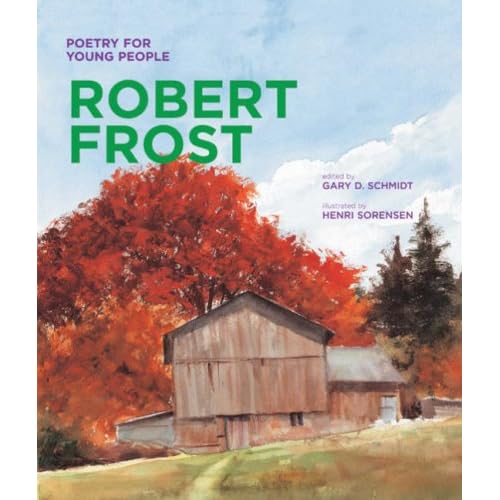Citation:
Nye, Naomi Shihab, and Ashley Bryan. 2000. Salting the ocean: 100 poems by young poets. New York: Greenwillow Books. ISBN# 978-0688161934.
Review:
Salting the Ocean is a collected group of works by children. This book is a great poetry work to introduce to children because it is written by children.
Nye has complied poems from children into four different groups in Salting the Ocean. These include “My Shadow in an Ant’s Night”, “Think How Many Stories Are In Your Shirt”, “My Grandma Squashes Roaches with He Hand” (that one made me cringe!), and “Silence is like a Tractor Moving the Whole World”.
The poetry is very interesting to read through, even for adult audiences. Rarely do people read works from children. Therefore, Salting the Ocean is very informative to read from the perspective of a child. I think children will be able to relate to this book because it also speaks to them. The students participating in Salting the Ocean are all different ages. When reading this book, some of these poems could have been written by a child or young adult.
Many of the poems are powerful because they are very direct with a sense of mystery as well. Children sometimes have a difficult time expressing their feelings with poetry. Once they learn how to do so they instantly like writing original poetry. Salting the Ocean is a great book to show the viewpoints of children.
Poem: “Song of My Foot”
Marci Carlson 
I sing about my right foot
I sing about it because
my favorite show goes on that foot.
I sing about my right shoe because
it is old and the shoelace is torn.
I sing about my shoelace because
it is stained with dirt and mud.
I sing about dirt and mud because
it is part of this world.
Introducing the Poem:
“Song of My Foot” has a direct feel to it that many children can relate to. Shoes can break and tear and get dirty. The poet expresses that it is okay and she likes her foot. This poem shows confidence and an understanding of herself in the world. In this example, the poem is very direct at first, and later a hidden meaning appears.
I would introduce this poem to children by first reading it out loud. Secondly, I would ask the class what they thought of this poem and how it makes them fee. Next, I would reveal that the poet of this poem is their age! Once they are surprised that a child’s poem is in a published book they will be intrigued.
Furthermore, I would reread the poem and see what the responses are a second time. Lastly, I would talk to the children what they thought of the poem being written by a child. Once this is complete, I would encourage students to write their own original poetry. This may be difficult for some, but it will teach them how to express themselves.
Salting the Ocean is a great way for children to be introduced to writing original poetry. Many children are not always initially drawn to poetry. Writing poetry is foreign to many children as well. This book is a great way to provide an example that the children can follow in a beneficial way.
















